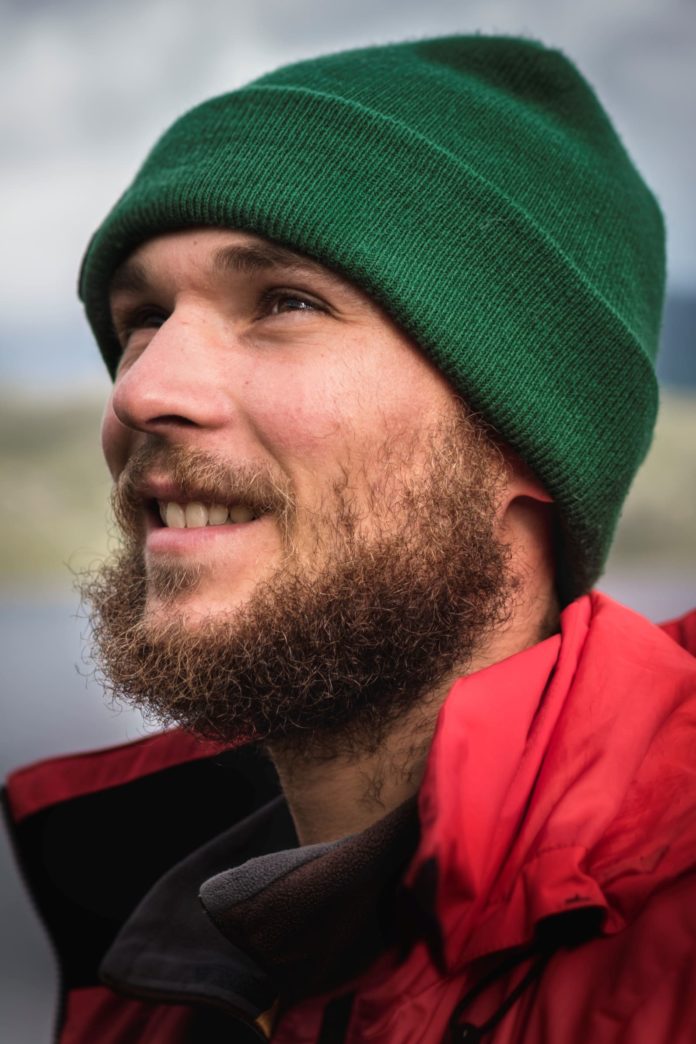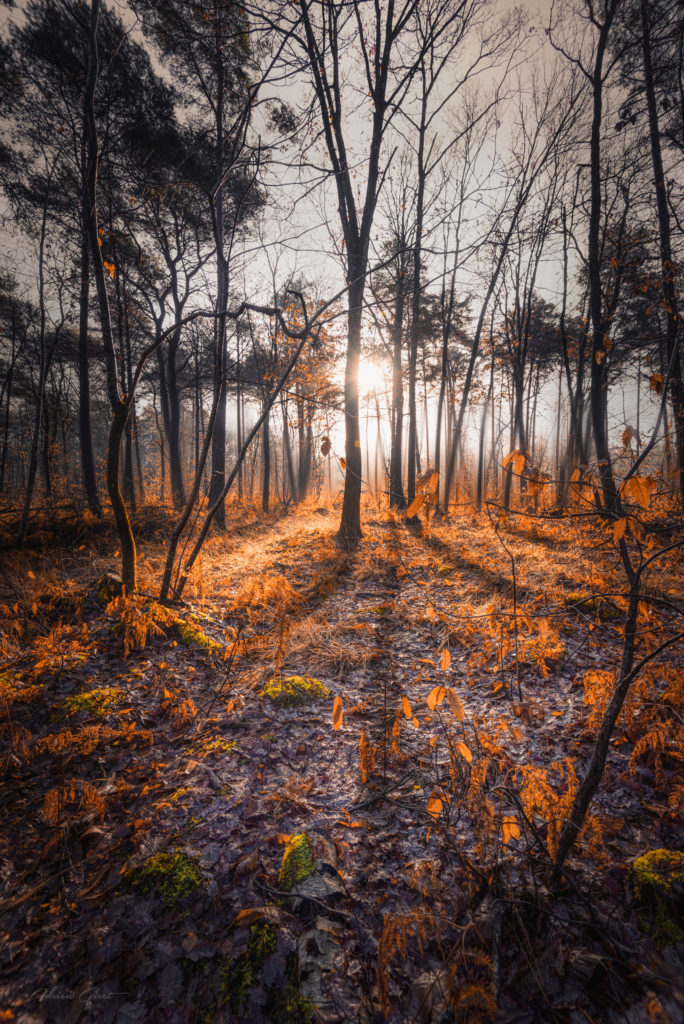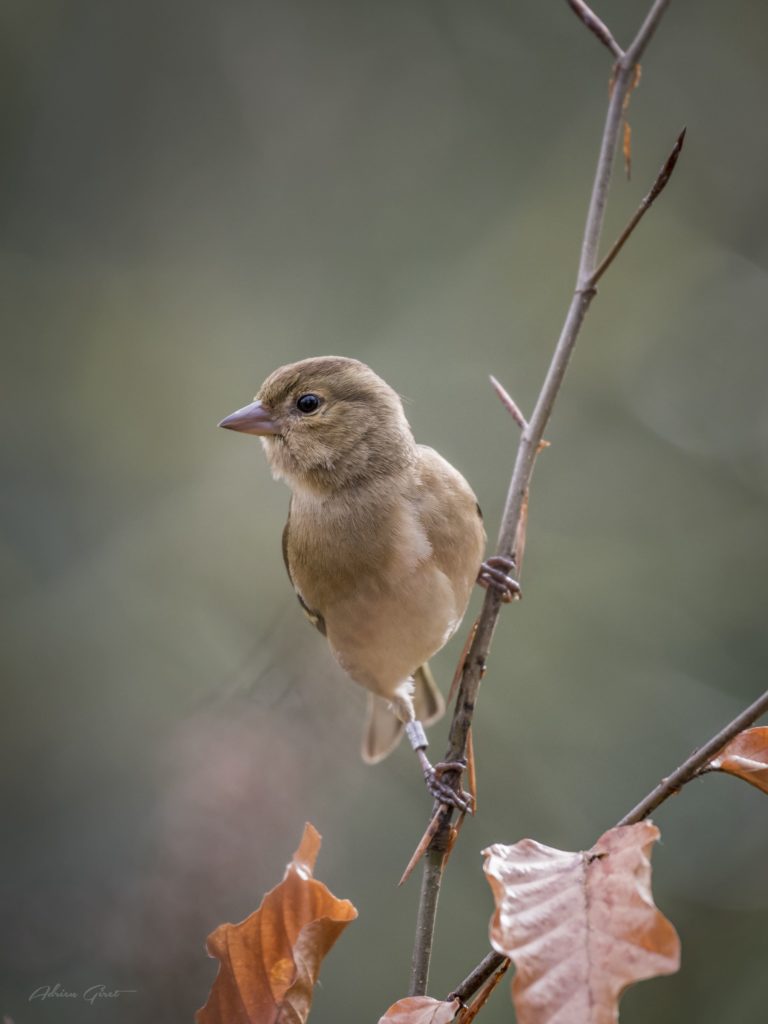You were an expert in civil engineering. Why did you leave everything for photography?
Thanks to a several months trip in Canada, I started taking photography seriously. I was fascinated and amazed by Canadian landscapes and I immediately felt the need to capture them into photographs. Like a lot of people I started with my phone, and I quickly felt limited. So, as soon as I got back to France, I bought my first camera! However, because of my engineering job, I had little time to practice… I was despaired.
The final click happened last year. I went through a severe health problem. At that time, I realized something I already knew deep down, which took a whole new meaning in these circumstances: “You only live once!” Let’s do the things we really enjoy and have meaning for us.
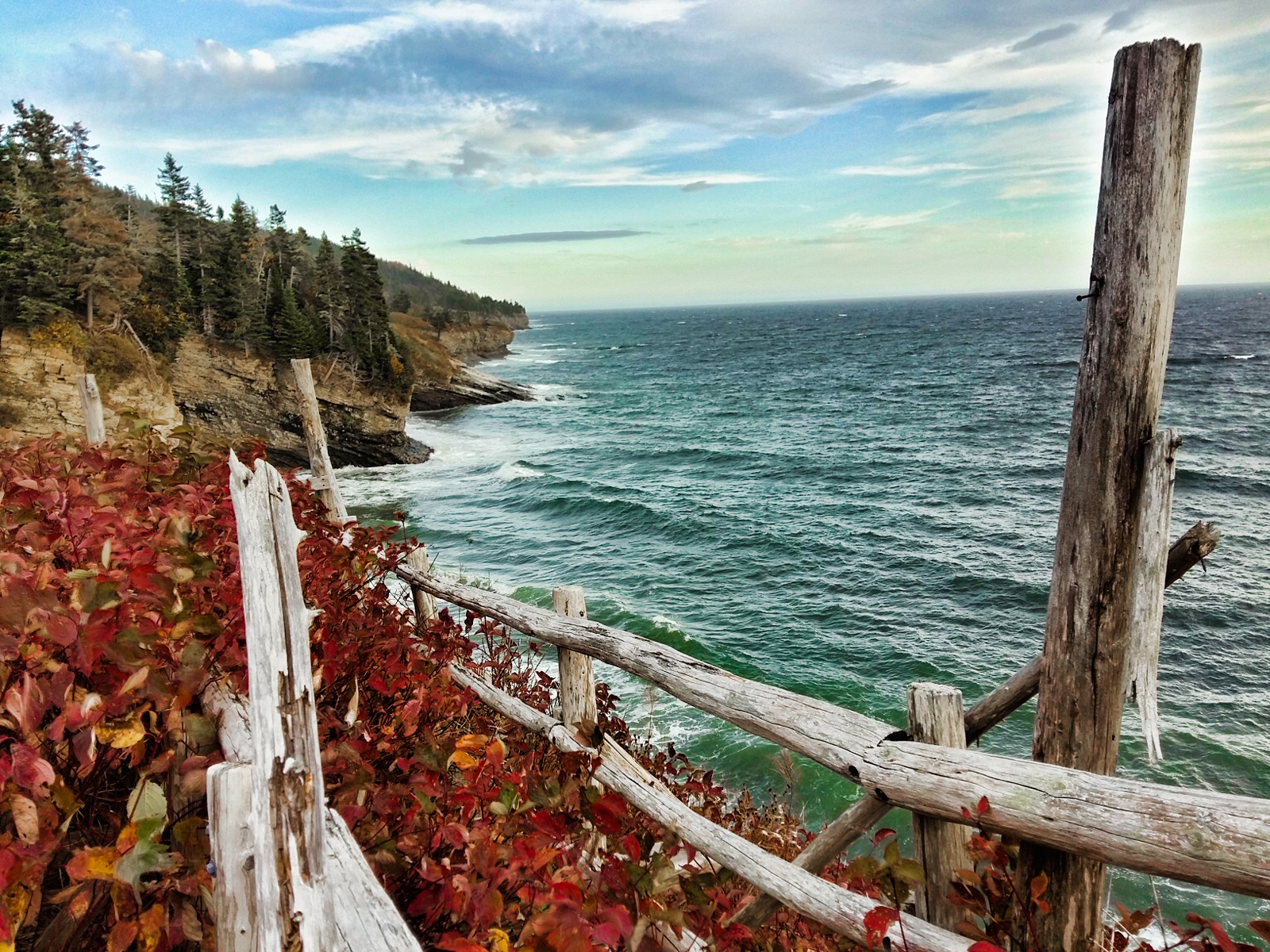
in 2016.
Photo Adrien Giret
You mainly work in the heart of nature. What do you like so much in landscape photography?
Firstly, I think I photograph nature because I feel great there! I have always been sensitive to the environment and the wild fauna. I believe photography is, in the end, an excuse for me to get lost in forests or mountains. I love those moments of solitude and pure connection with the living.
In the end, I think the message I want to communicate through my photographs is: “Look how beautiful nature is, let’s preserve it!” I think that, unfortunately, what will be the end of our planet will not be the lack of wonders, but the lack of amazement. Our off the ground lifestyles have made us blind to the earth’s beauty.
Photographs taken in a forest, in Sarthe (France)
How can we raise awareness to that beauty?
By showing people there is no need to travel to the other side of the world to appreciate the nature around us. I did an entire series of photographs in Sarthe (France) where my parents live. This region is not famous for the beauty of its landscapes. Yet, a lot of people living there have asked me where those photos were taken. They were pleasantly surprised to discover that we had such wonderful landscapes in Sarthe. I am delighted to see that kind of reaction.
Which destination struck you the most?
In 2018, I went to Norway in order to practice photography at a 100% and to find those wild open spaces I had missed so much. It was an incredible experience. I stayed there for eight months and improved a lot during that period. I met other photographers and realized that we could make a living out of that activity. I think Norway really fulfilled me as that country brings the sea and the mountain together. We cannot know where one begins and the other ends. Everything is so vast there!
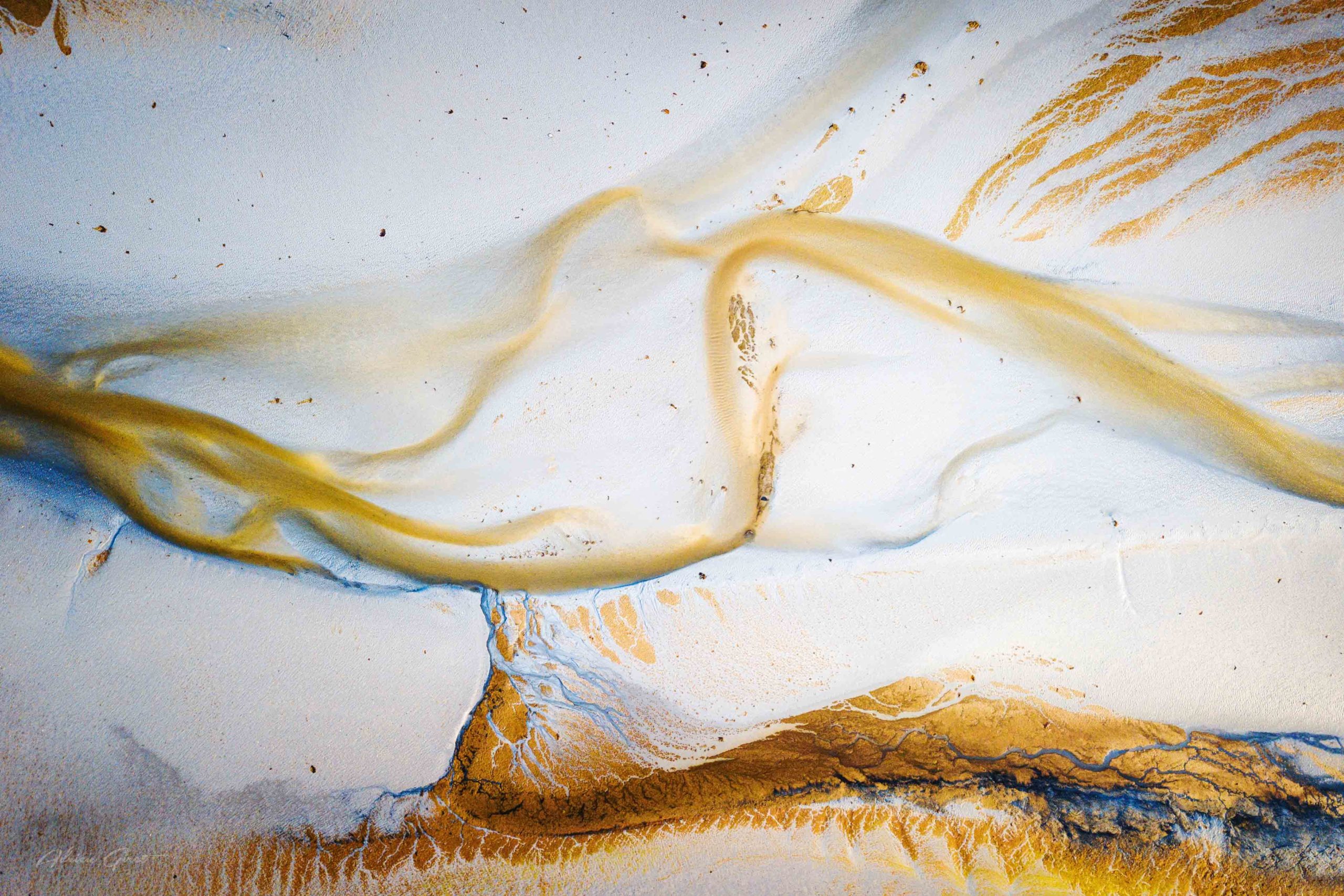
Photo Adrien Giret
Tell us about your expeditions…
I generally go alone because I want to be totally focused on what I am doing. I like doing long trips, especially in remote areas. I take my tent, the equipment to be self-sufficient, and I wander through the landscapes, for several days. I treasure the moments when I am alone and when I am feeling profoundly connected to nature. I appreciate every element of it, every light or relief variation. I am a quite lonely person, and spending ten days alone does not bother me. To me it is a way of finding myself, a sort of meditation.
Since I live in Rennes (France), I sometimes go for a day to the French Brittany coasts. I do not plan anything because every day is different and we have little control over nature, which makes it difficult but extremely interesting.
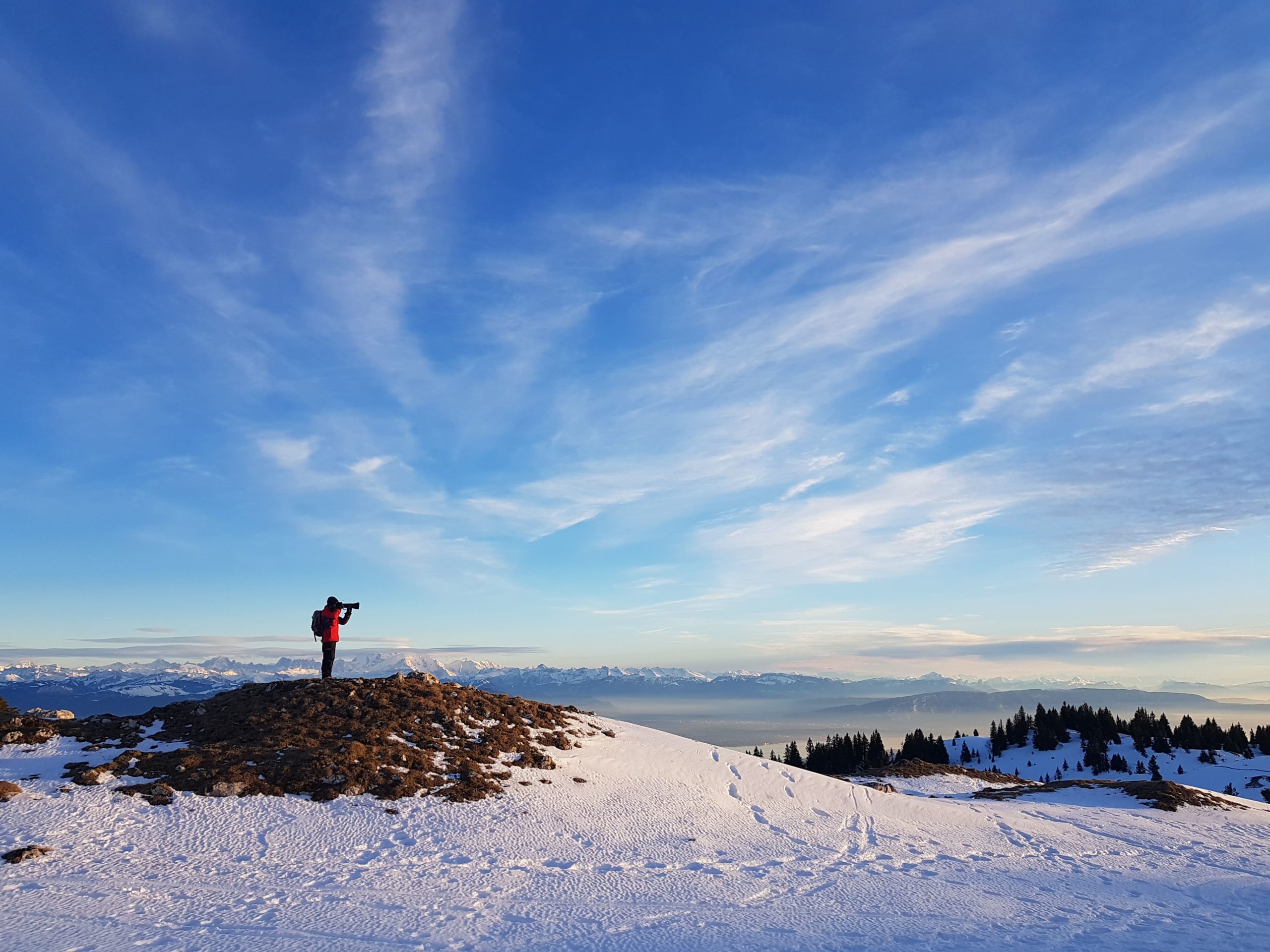
in 2020.
You make a lot of time-lapses. How do you choose the places?
It requires a certain harmony in the landscape, something that catches the eye. Many times, I do a series of photographs and it is only after I find the perfect framing that I film a time-lapse. I like the notion of the passage of time. What I find interesting is the idea of being able to show the small changes, imperceptible to naked eyes. For example, a plant growing, the movement of the Milky Way, a melting element. The subjects are almost unlimited! It surprises me every time to watch a scene I was able to witness translated into a time-lapse. Reducing several hours into a few seconds completely changes your vision of things.
What motivated you to start video-filming?
Indeed, time-lapse is what brought me closer to video, which is even more complete than photography. I am sensitive to a photography, but I think I am even more to a video. At first I wanted to improve my time-lapses by mixing some shots with flying drones too. Then, I got a box dedicated to video-filming. I learned to use this equipment by myself. I think it is the best way to learn: making mistakes, correcting them, and improving much faster. Nowadays, particularly with YouTube, it is possible to train for almost anything, completely independently. But this learning process is not necessarily the most complicated part. The most complicated thing is being creative!




